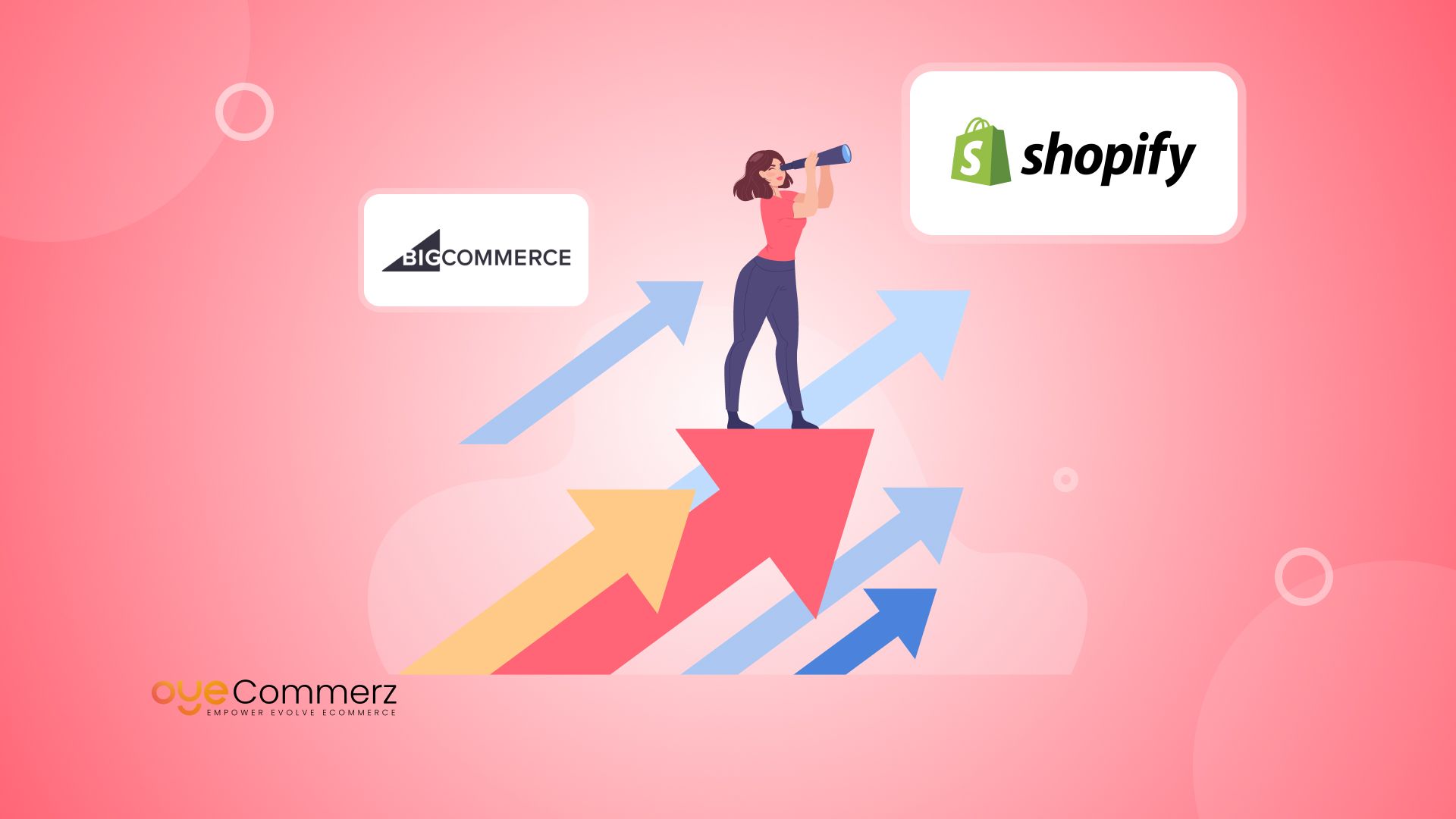Transitioning from WP to Shopify marks an promising step toward streamlining your online store processes. As businesses expand, choosing a platform that supports growth potential, user experience, and flexibility becomes crucial. Shopify is widely recognized as a preferred choice for e-commerce professionals, offering superior flexibility, data protection, and ease of use. In this guide, we’ll explore why this migration is a game-changer, highlight the benefits, and provide practical tips to facilitate a smooth transition.
1. Why Migrate from WordPress to Shopify?
WordPress, paired with WooCommerce, has served countless online stores. However, as companies expand, issues like reliance on plugins, data risks, and complex setups often obstruct growth. Shopify, specifically created for digital retail, eliminates these issues with an all-in-one, intuitive solution. Statistics back this transition—Shopify hosts over 4.4 million websites worldwide, with a reported 10% increase in sales conversion rates for numerous merchants post-switch.
2. Shopify's Perks for Thriving Online Stores
Shopify’s robust ecosystem caters for scaling brands. Its standout features include:
- Effortless Design Flexibility: Shopify offers over 80 professionally designed themes.
- Built-in Features: Capabilities such as Shopify Payments and integrated SEO save time and effort.
- International Expansion: Multi-currency support and regional customization enable businesses to reach global markets.
Additionally, Shopify delivers an uptime rate of 99.98%, guaranteeing your store is always operational.
3. Preparing for WP to Shopify Migration
Prior to starting the migration process, assess your existing setup. Analyze inventory details, customer details, and SEO performance. Resources such as Shopify’s Migration Kit or third-party solutions help ease the transition. Create a detailed strategy, making sure all assets—product descriptions, media files, and blog content—are ready for seamless import.
4. The Importance of Accurate Data Migration
Data migration is a cornerstone of a smooth transition. When migrating from WP to Shopify, focus on:
- Product Information: SKU, item summaries, and groupings.
- Client Information: Emails, purchase records, and preferences.
- Search Engine Considerations: Preserve meta tags, URLs, and forwarding paths to avoid SEO losses.
Leverage apps like LitExtension to streamline data transfer while reducing mistakes.
5. Customizing Your Shopify Store
Post-migration, customizing your Shopify store ensures it reflects your brand. Utilize Shopify’s drag-and-drop editor to design pages effortlessly. Shopify's themes are optimized for all devices, providing a seamless UX across platforms—a critical factor, since 74% of e-commerce traffic comes from mobile visitors.
6. How to Protect Your SEO Rankings When Switching Platforms
SEO is vital for preserving your visibility during migration. Shopify excels in SEO with clean URL structures, built-in optimization tools, and seamless blog integration. Ensure:
- Set up URL forwarding for old URLs.
- Enhance updated content with keyword-rich content.
- Use Shopify's apps Plug in SEO to monitor performance after the switch.
7. Essential Tests After Migrating to Shopify
Once the migration is complete, conduct thorough testing.
Review: - Website speed (Shopify boasts faster speeds in contrast with WP).
- Functionality of payment gateways and transaction flow.
- Adaptability across devices.
Testing ensures your store delivers a seamless shopping experience from day one.
8. Real-Life Success Story
One such migration success story is Gymshark, a fitness apparel brand that transitioned to Shopify. After the switch, the company experienced a 60% increase in mobile sales and reduced E-commerce platform solutions site downtime. This highlights the potential of Shopify in driving e-commerce growth.
9. Challenges and Solutions
Migration is not without obstacles, such as data integrity and adjusting tailored features. However, Shopify’s robust support and third-party experts make overcoming these hurdles manageable. Partnering with experienced Shopify developers ensures a trouble-free transition.
10. Making the Switch: The First Step Toward Success
Migrating from WordPress to Shopify marks a forward-thinking decision to e-commerce. By addressing scalability, simplifying management, and improving buyer satisfaction, Shopify migration pricing Shopify enables companies to succeed in challenging industries.
Final Thoughts
Transitioning from WP to Shopify offers a smart solution that can significantly boost your e-commerce success. With a well-structured strategy, the right tools, and professional guidance, you can unlock new growth opportunities.
Excited to start the journey? Reach out today to learn how our Shopify migration services can revolutionize your e-commerce platform. Contact us now, or consider: Is it time to seize Shopify’s advantages for your store?
